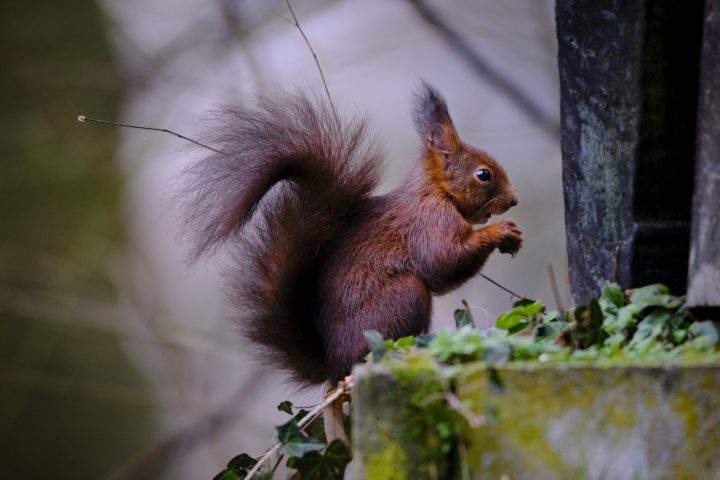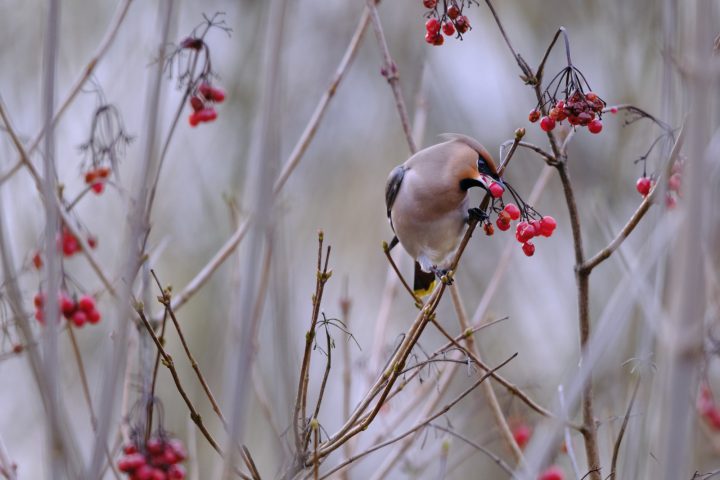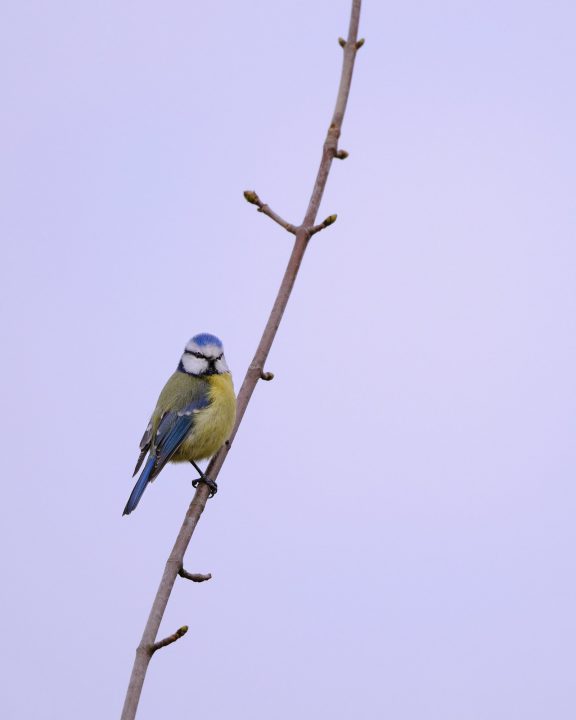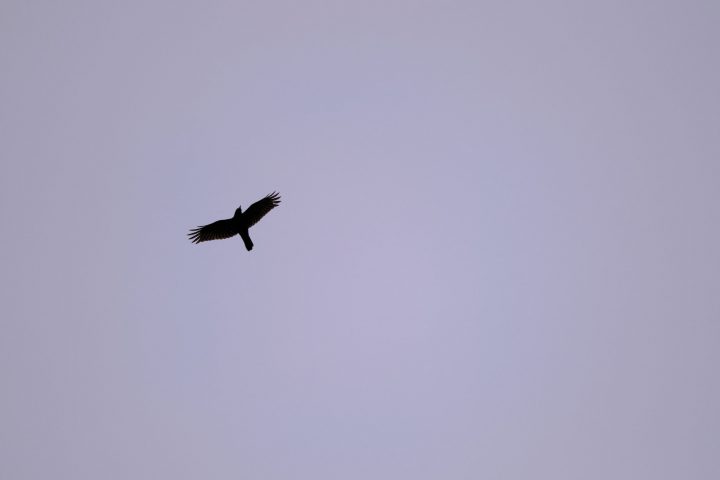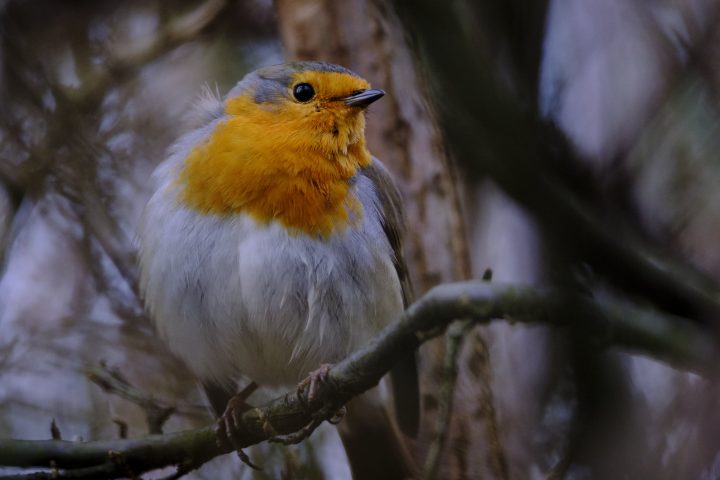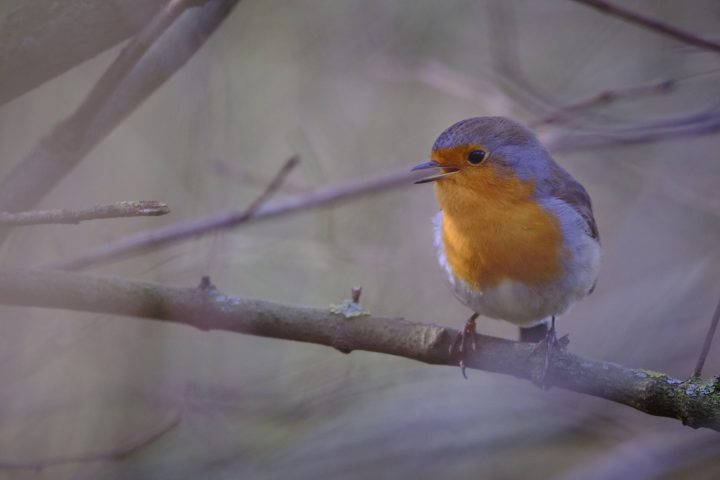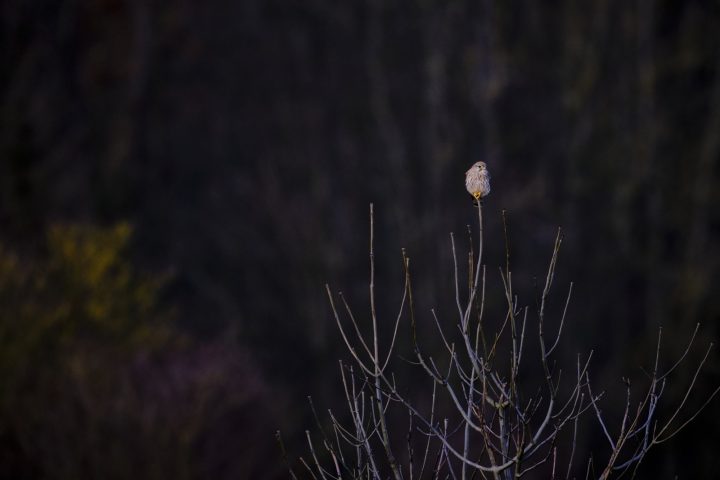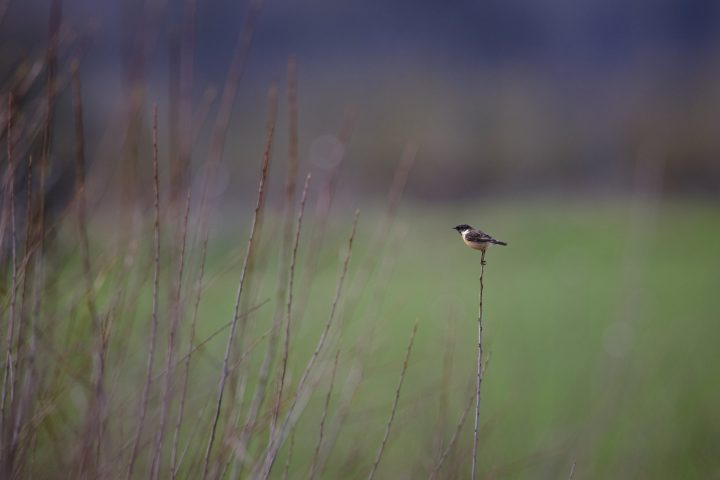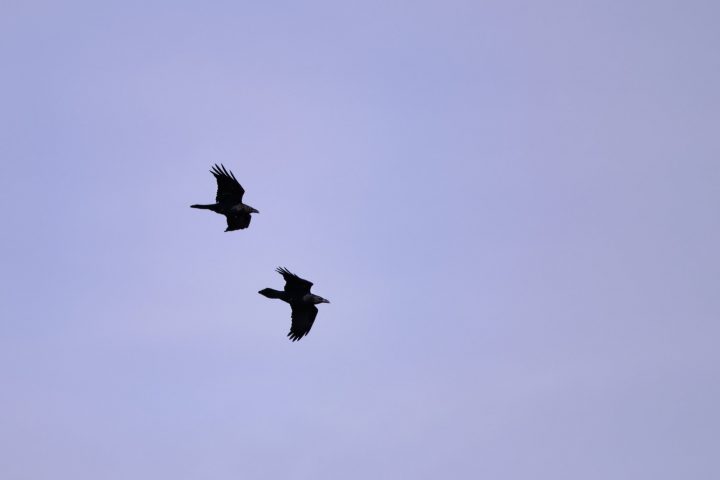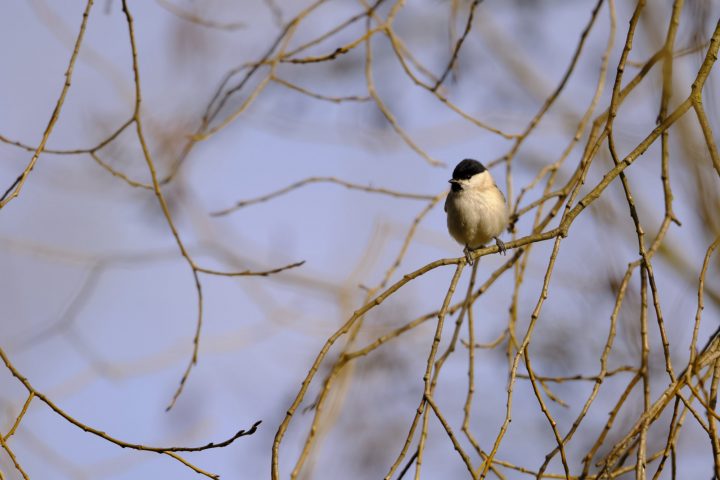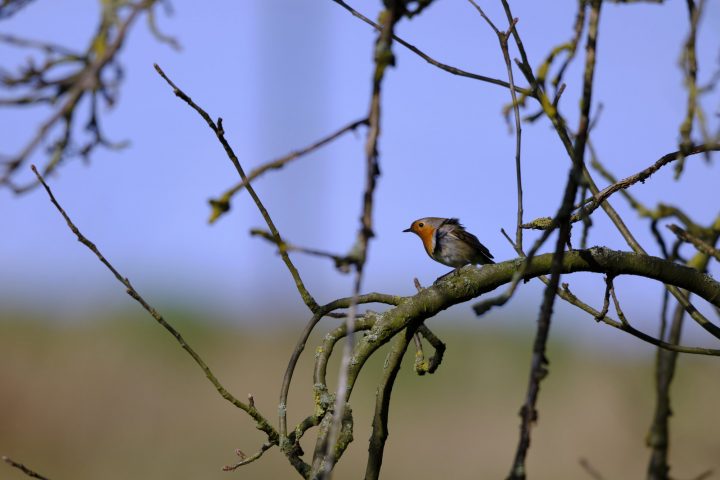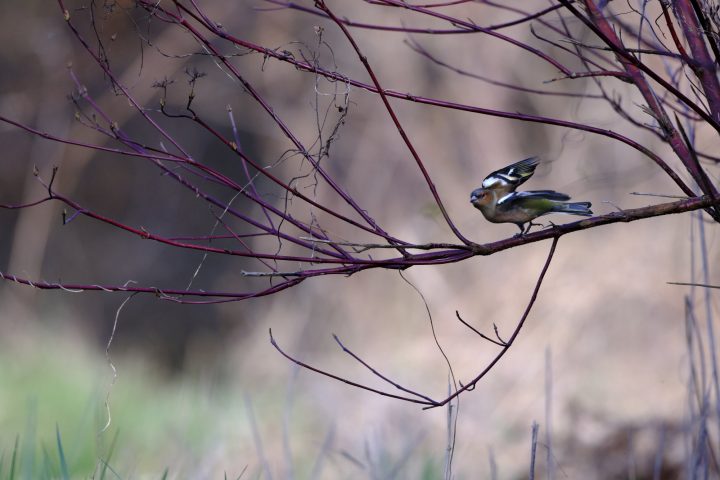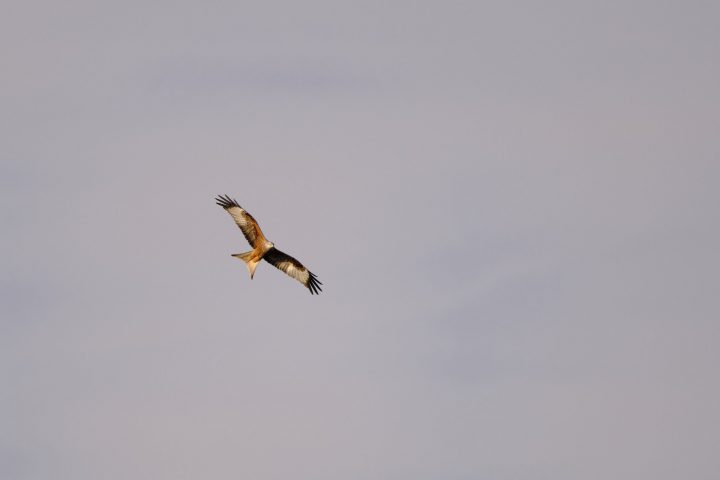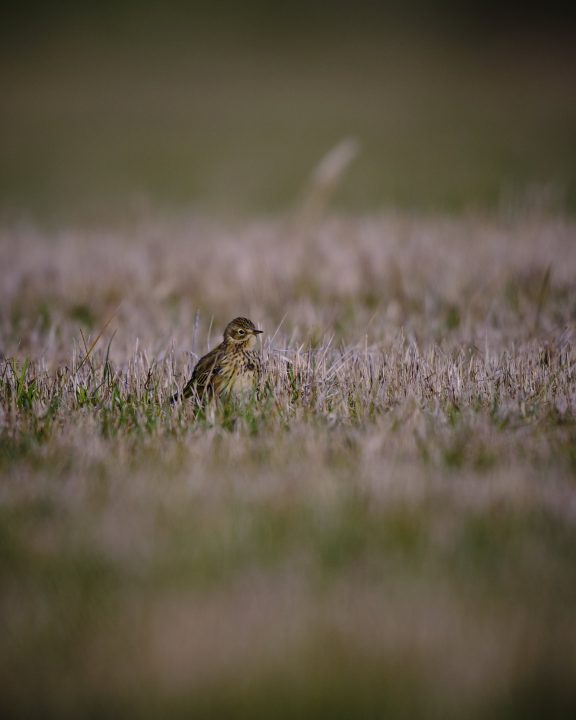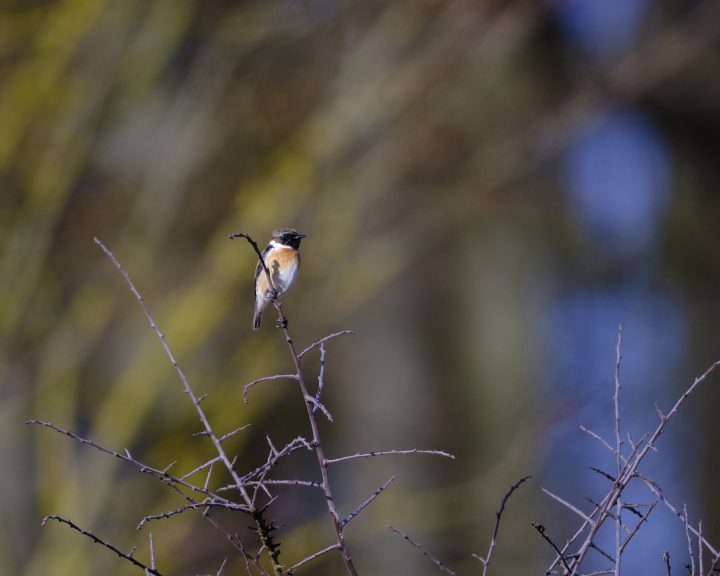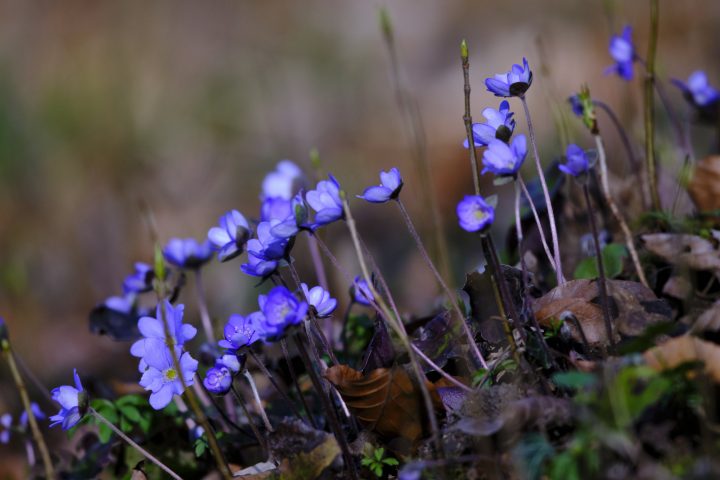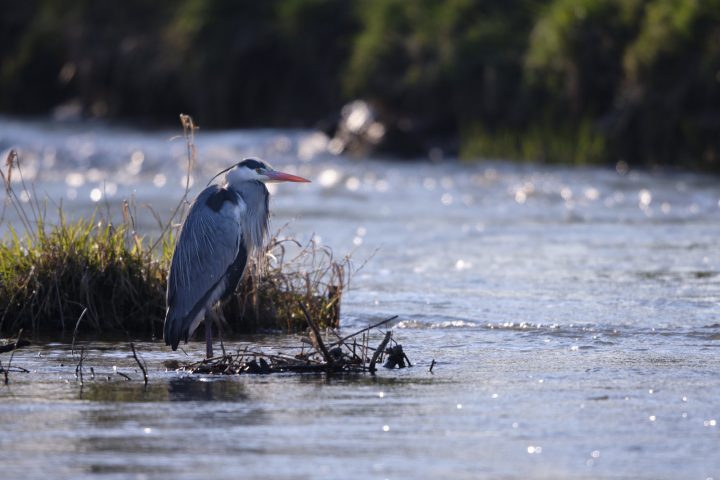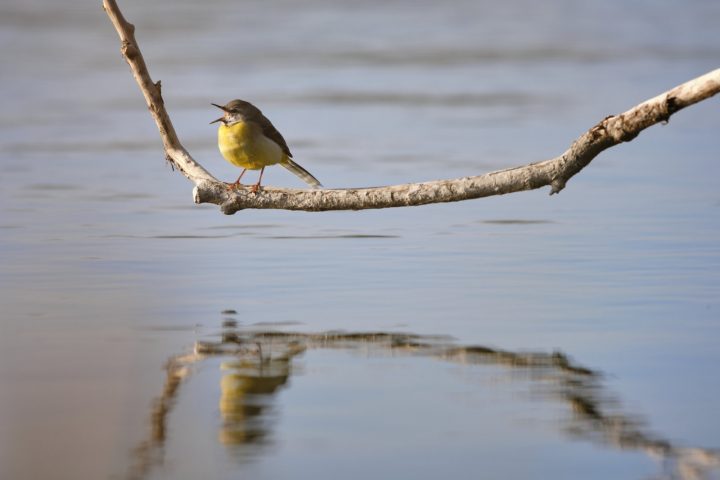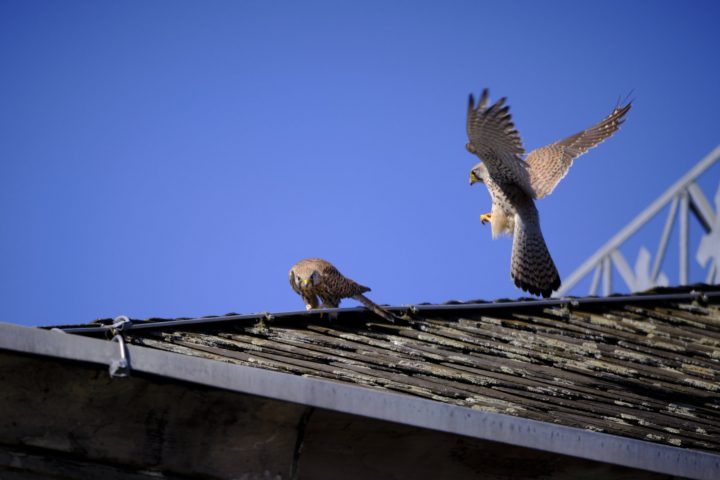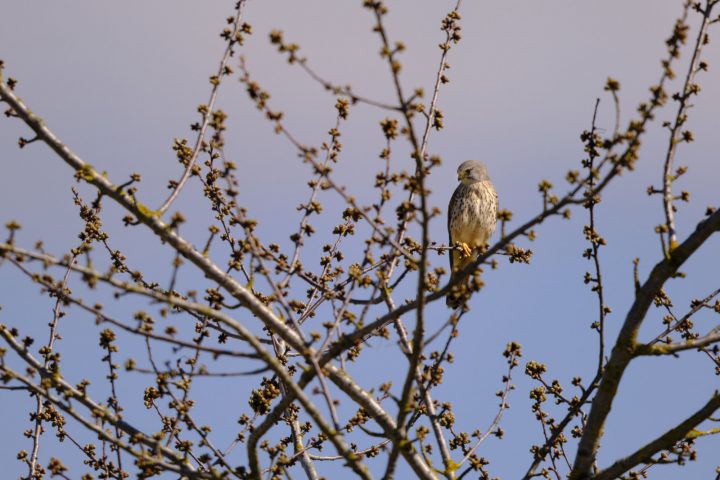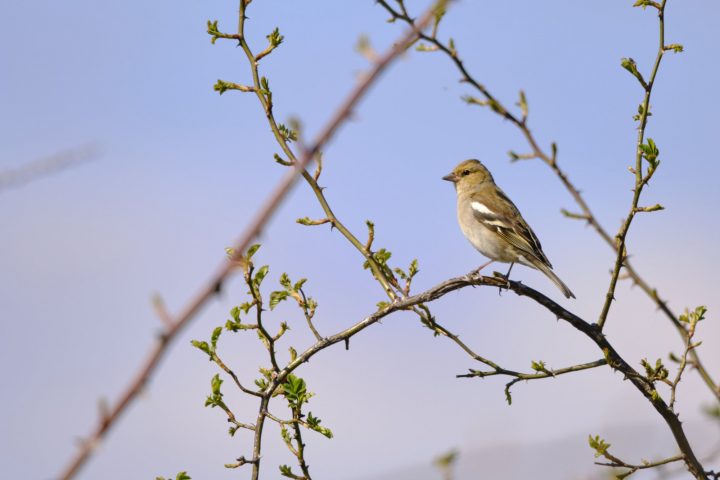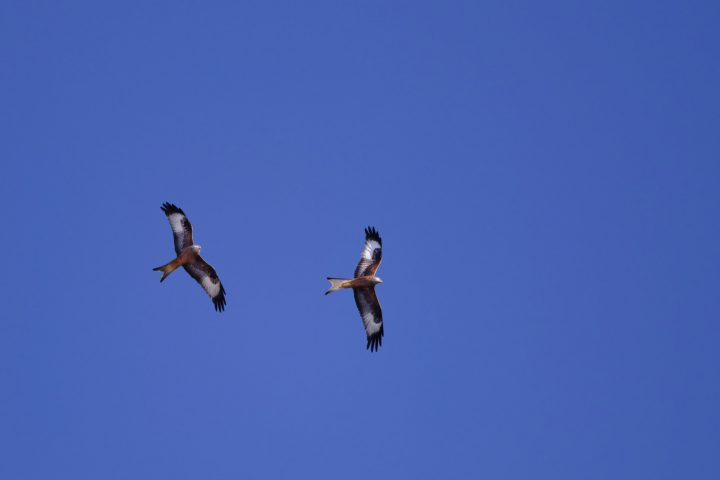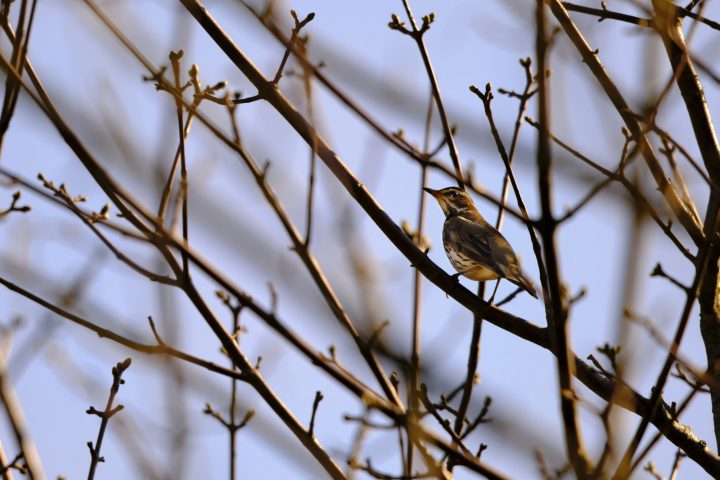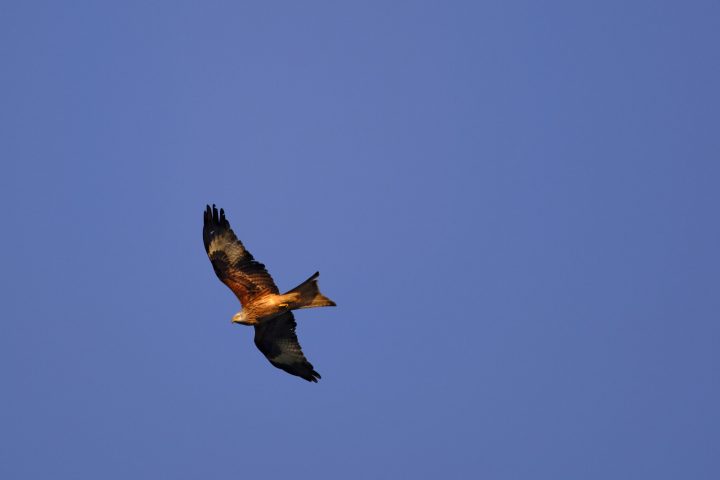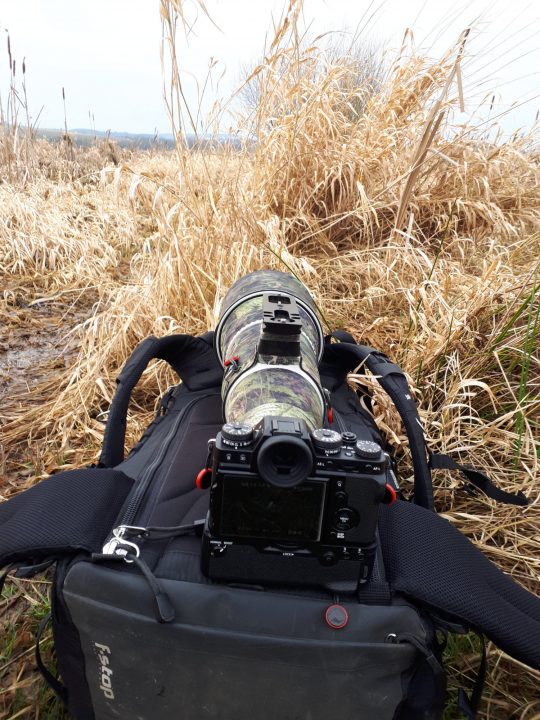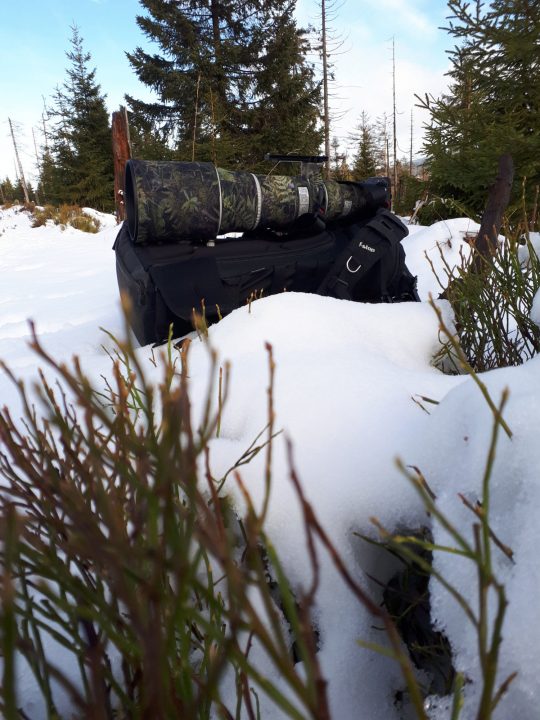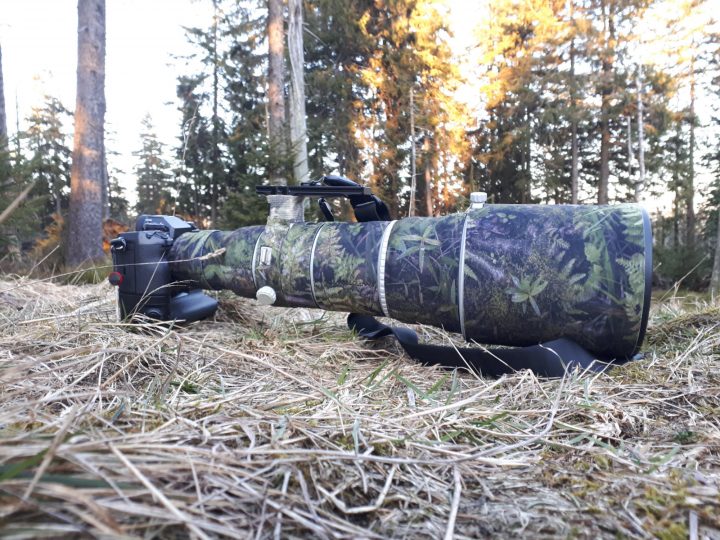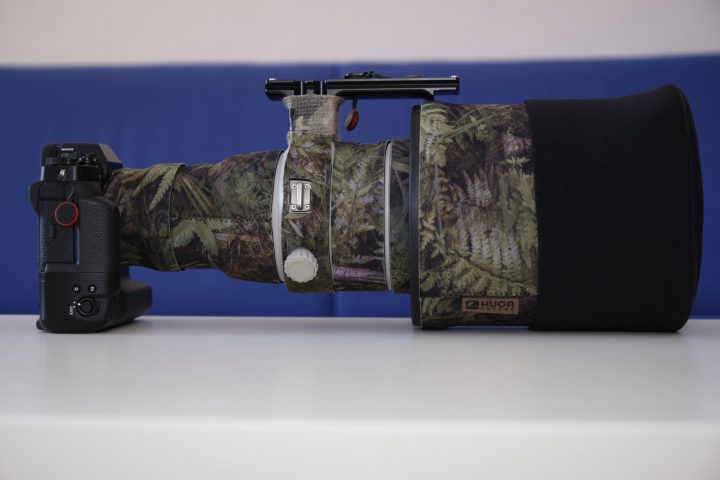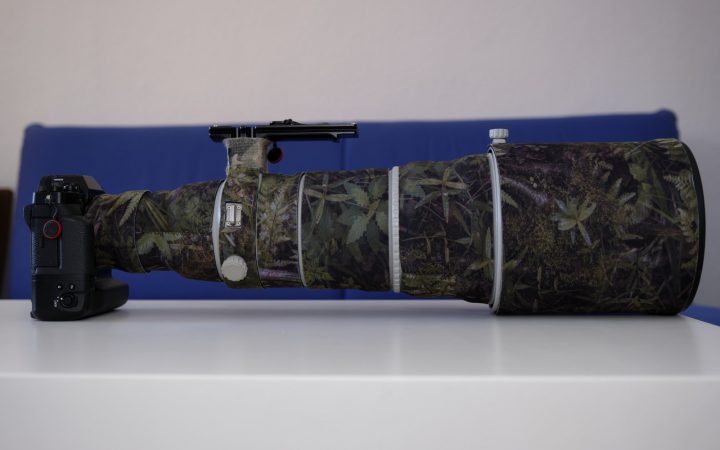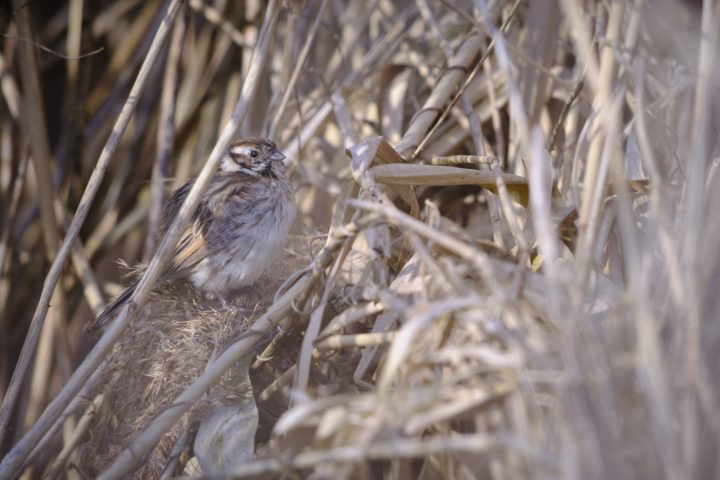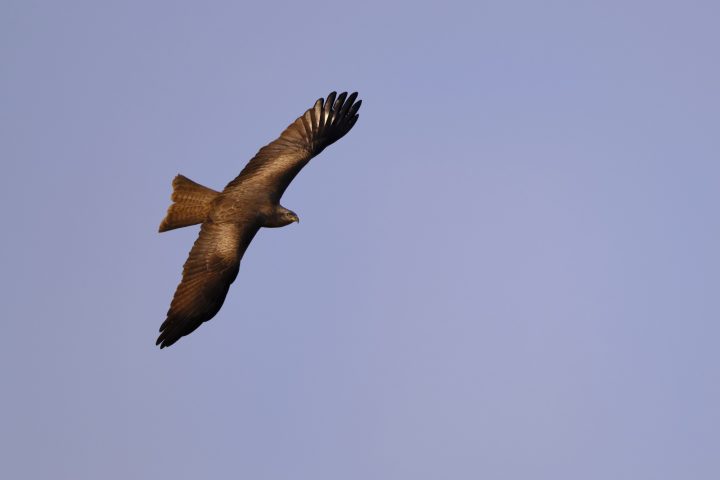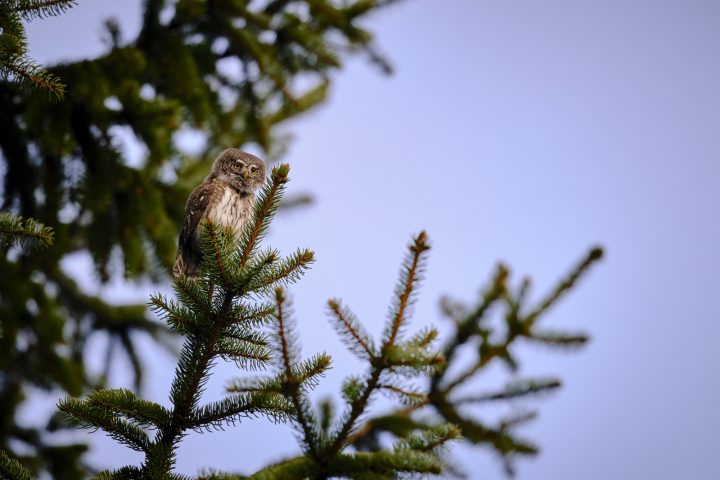Field-Report: Three Months with a Fringer Smart Autofocus Adapter for Fujfilm X
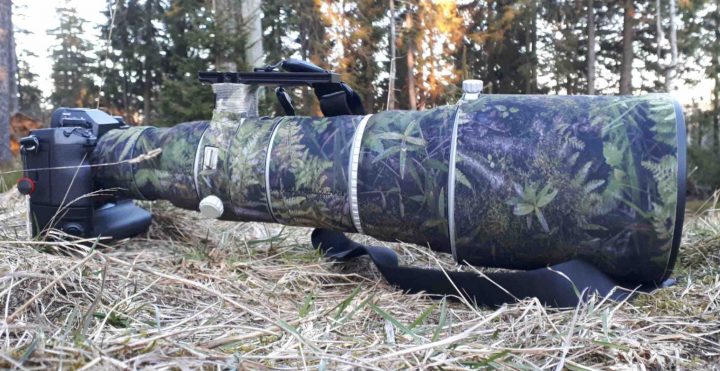
Three months with a Fringer Smart Adapter. A field-report.
The kit
Fujifilm X-T3 / X-H1 + Fringer EF-FX Pro II + Canon EF 500 mm f/4L IS II USM
About
Let me get this out of the way first: this is not a review, I did no objective testing and measuring. This is a subjective report about my personal experience after using the Fringer adapter (firmware v. 1.30 and 1.40) with the Canon tele for three months and around 7,000 shots. I did not use other cameras or Canon lenses. I used the X-T3 for the majority of shots but tried the X-H1 for a side-by-side comparison. I will not focus on lens or cameras too much, since they are tested elsewhere, but I will try to assess the performance of the combination as a whole. What is correct for me, might not apply to you though.
About me: My name is Arne. I am a bird-watching wildlife and photography enthusiast. You can see my images at Images & Birds or visit my Instagram and I hope you enjoy it.
I am not sponsored, and I do not receive any money for this post: neither from Fujirumors, affiliation, nor from any of the companies I mentioned. I bought every piece of equipment with my own money, a lot of it used like the eye-wateringly expensive Canon lens. I reached out to Patrick and offered him to write this field report in order to support his channel. He agreed and there you are.
Let’s dive right into it with the most important takeaways first.
- Good build quality (adapter)
- No weather sealing (adapter)
- Good overall focussing, but worse than with native lens/camera-combination, especially in difficult conditions
- Usable, but less capable tracking compared to native lens/camera-combination
- Impeccable image quality
Build quality
The Fringer ships in a stylish black box. Everything seems well thought-out and high-quality. I returned my first copy anyway. The adapter features a lining of black fabric on the inner side to control stray light. With my first copy this fabric overlapped into the imaging circle of the adapter.
The aperture ring turns firmly but smoothly and feels comfortable, but I chose to set the aperture with the command dial. The aperture ring sits right next to the camera and it turned out really difficult to reach with either hand. While my right hand is holding the camera grip, my left hand is balancing the lens and operating its focus ring way out front, so I simply have no finger left to spin the aperture ring of the Fringer.
Both bayonets are made of brass and feel very solid. Once attached, there is quite a bit of play as usual with Fujifilm equipment. But overall the adapter is really well built.
There is one serious caveat though. The adapter is not weather sealed. I reached out to Fringer and they confirmed this. For wildlife photography this is a serious drawback. Demanding weather, especially falling snow, oft create the most beautiful images. I tried to amend this a little (!) by taping the joint between lens and adapter with some layers of Tragopan self-adhesive Camo Tape and put a HUGA Nature neoprene lens cover over it. I perfectly know that this is not a waterproof solution so don’t be too picky about my DIY. By the way, I highly recommend the HUGA cover and actually prefer it over the Lens Coat offerings, being roughly half the price for the same quality.
X-T3 vs. X-H1
I used both cameras with the grip attached, three batteries and in “Boost Mode”. The X-T3 (firmware v. 3.10 and 3.20) beats the X-H1 (firmware v. 2.01) in every regard and circumstance when it comes to focusing the Canon 500 with the Fringer. It focusses quicker and more accurately, hunts less and tracks better. With the X-H1, you’re completely depending on the centrally located phase detection points. The outer contrast detection points only make things worse. This is pretty sad. I personally like my X-H1 better for wildlife photography thanks to its perfectly silent mechanical shutter. To my eye, it renders higher ISO-values cleaner and it does a better job in balancing the heavy supertelephoto, too.
Autofocus
The most urgent question when it comes to adapters and third-party lenses. How does it focus?
- Focussing accuracy with both cameras is really good. Once the camera acquired focus, the images are tack sharp, both in single and continuous AF. From my experience, as soon as you get a positive focus lock, you can confidently fire away.
- Focussing speed is a more difficult story. In single AF and good light, the X-T3 achieves sharp focus without any noticeably delay. Continuous AF slows things down, but not too much. In lesser light, heavily backlit situations or with busier backgrounds, the combination is prone to hunting in both AFS and even more so AFC. It then takes noticeably longer to acquire focus than with my Fujinon XF 100-400. The X-H1 is inferior in every of those scenarios.
The focus preset buttons of the Canon lens are helping a lot to mitigate this problem and its manual focus override is infinitely more usable and accurate than with my Fujinon lenses. It has a very precise focus throw. For busy backgrounds, I use this workaround a lot and help the autofocus to get a little closer before it locks in by itself. Unfortunately, the Canon focusses counterclockwise to infinity, while my binoculars (the most important piece of kit in my bag) focusses clockwise to infinity. This drives me nuts! - Focus tracking: Maybe you know the impressive Fringer tracking videos on youtube. They are both a true and untrue representation of my own experiences. If you’re tracking birds in flight against the sky, the results are pretty great. The initial lock takes longer than with native Fujinon lenses but remains perfectly usable. Focus-lock and -tracking against busy backgrounds are less impressive. You best configure your camera in a way that it sticks to its initial subject and ignores obstacles. Gladly Fujifilm cameras allow for a really sophisticated AF setup. But be prepared that your AF locks noticeably slower and loses track more often than you’re used to with native lenses and you would like.
- Keeper rate: I do not methodically assess my keeper rate. I have to trust my guts with this. I don’t use the FujfilmFringerCanon long enough to have a representative statistical sample anyway. What I can say is this: My keeper rate with the Fringer-adapted Canon lens is definitely lower than with the native Fujinon 100-400 on the same body. With the 100-400 I rarely have shots completely out of focus, and I’d consider about 70 % as usable in terms of focusing accuracy. With the adapter and the Canon attached to the X-T3, I am down to about 50 % keepers with a higher number of completely out of focus images.
Image stabilization
The adapter transmits all signals between body and lens, so whatever stabilization you choose works. Canon claims four stops of image stabilization, which is one stop less than Fujifilm does for the Fujinon 100-400. It is worth noting that the IBIS of the X-H1 and the lens-based stabilization of the Canon lens seem to fight each other in some occasions, something I never noticed with the Fujinon 100-400 and the X-H1. I achieved the most consistent results when I used either IBIS or lens-based stabilization, with the latter being more effective due to the high leverage of the long lens. The combination of IBIS and IS sometimes worked perfectly fine and sometimes produced washed out images. I don’t have a clue when and why. The combination as a whole is perfectly hand-holdable with a decent enough hand-holding technique. Sadly, the Canon IS is pretty loud.
Image quality
It seems a bit odd to include, since IQ is not a property of the adapter, but this is what it’s all about, right? The image quality is absolutely outstanding. Even in great light, the 100-400 does not come close. The Canon is absolutely superior in terms of sharpness, falloff, background rendition and delivers so much more detail. In poor light, the difference is even more noticeable, especially when you’re recovering underexposed parts of the image in post. The Canon is less punchy in terms of contrast and saturation than my Fujinon. This is easily fixed in post but worth noting for jpg-shooters, who might feel better off using the Velvia simulation.
I am comparing apples and pears, you say? I am comparing long lens options for Fujifilm, I say.
EXIF
Perfect communication between lens and camera through the Fringer.
Summary
Would I do it again? Yes. Image quality and background separation are outstanding and the lens gathering twice the light means more shooting in twilight. The AF works good in most situations. The lack of weather sealing and the inferior AF tracking in low light and with buys backgrounds are real drawbacks. But overall, I really enjoy my Frankencamera. One serious downside of such a hefty lens is the public attention you get. Be prepared that everyone feels inclined to drop a comment.
Why all this fuss?
I use Fujifilm equipment since 2017 after switching from a Sony/Minolta system. The Fujinon 100-400 has been my constant companion ever since. It will keep its place in my bag. Although I have been really happy with the lens so far, there are some inherent limitations:
- Aperture: When shooting birds, you use fast shutter speeds. When my subject is perched and steady, I can drop my shutter speed, but as soon as it moves, I usually need 1/1600 sec. or faster. In anything but direct sunlight the f/5.6 aperture means that I am shooting ISO 1600 or higher. In twilight, when a lot of animals are most active, we’re speaking ISO 3200 and above.
- Reach: A full frame equivalent of 600 mm should be enough for anyone, right? Well, no! Birds are a very small and often far away subject matter. In a region as densely populated and with so much agriculture as Central Europe, wildlife is shy, elusive and distant. Fitting the 1.4x TC is no solution either as it drops your max. aperture to f/8 and puts your ISO through the roof.
- Image quality: Don’t get me wrong. I find the quality of the X-Trans sensors quite fantastic. However, when you’re shooting high ISO and low light, you don’t get a lot of detail. The noise pattern is well controlled, but the noise is smushing all the beautiful detail in feather and fur that us wildlife photographers are loving so much. On the long end, the 100-400 is visibly lacking sharpness compared to most telephoto primes and cropping costs additional detail as fellow wildlife photographer Steve Perry explains in this helpful video.
Please listen, Fujifilm
The Fujifilm platform is not only an absolute joy to use, it meets a lot of requirements of wildlife photographers. Quick and easy to manipulate, snappy AF, well tracking, decent weather sealing, reach-advantages of the APS-C sensor, high burst-rate. What is lacking is the lenses. The 200 mm f/2 does not offer enough reach for most wildlife work, even with the 1.4x TC attached and Fujifilm does not (yet?) offer a 2x TC for it, for the 100-400 see above and this is pretty much it.
So please Fuji: Allow me for a little bit of wishful thinking. A 335 mm f/2.8 or a 400 mm f/4 would suit your system very, very well.
And in the process, please let me set my AE-L-button to “Single Point”- and my AF-L/AF-ON-button to “Zone” -focussing. This would make everything so much faster. So much faster! Sony does it, Nikon does it – you can do it, too!


